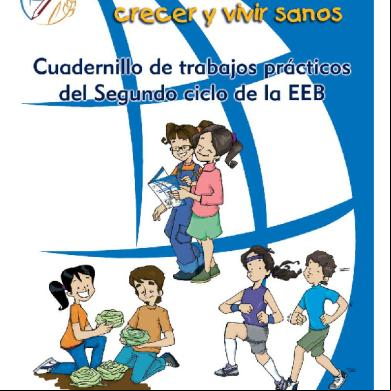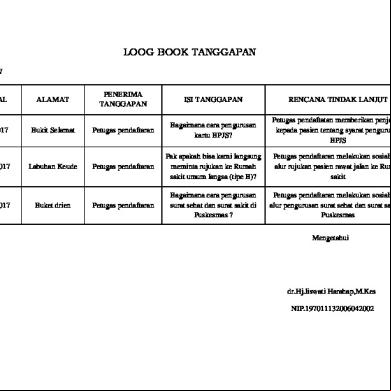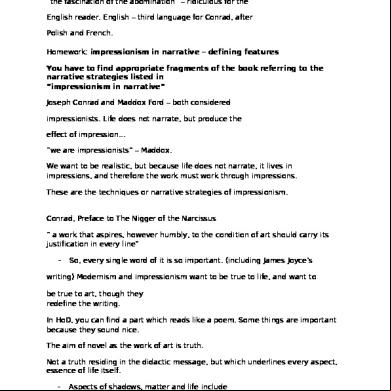Linking Sound Rules 5t2m53
This document was ed by and they confirmed that they have the permission to share it. If you are author or own the copyright of this book, please report to us by using this report form. Report 3i3n4
Overview 26281t
& View Linking Sound Rules as PDF for free.
More details 6y5l6z
- Words: 580
- Pages: 16
LINKING SOUND RULES Prepared By Thu Luong
Linking sounds/ Connected speech
Words are not always pronounced the same! In normal fluent speech the sounds can change when words bump into each other. The changes usually happen at the word boundaries, particularly at the end of words.
#1: Consonant to vowel
When one word ends with a consonant sound and the next word begins with a vowel sound there is a smooth link between the two.
hold
on
Sleep
in
An
egg
A box of
eggs
#1: Consonant to vowel Hold on a second. Can you pick up some milk for us at the store.
He is an old friend of mine. School was cancelled because of all the snow. Could you take a look at this?
#2: Same or similar consonants
When a word ends in a consonant sound and the following word begins with the same consonant sound, we don't pronounce two sounds - both sounds are pronounced together as one.
this style -> thistyle
need to -> neeto/ needo lot to -> loto look cool -> lookool nice sofa ->
#2: Same or similar consonants
I'm a bit tired.
We have a lot to do. I think this song is about the singer’s black cat.
You don’t need to prove it to them.
#2: Same or similar consonants
The j sound /ʤ/ and ch sound /ʧ/ are the only affricate sounds in English. In a sequence of identical affricates, no special linking occurs and the sounds are pronounced twice in a row.
Orange juice Which chair each choice
#3: Unreleased plosive consonants
Plosive consonants (t, d, p, b, k, g) + consonants
The sounds can be unreleased
Would be Stuck like this good news bad luck
#3: Unreleased plosive consonants
We allowed them to jump to the front of the line.
I just don’t want my kids to make the same bad mistakes I made.
#4: Consonants cluster
When the sounds /t/ or /d/ occur between two consonant sounds, they will often disappear completely from the pronunciation.
Just need
Diamond ring Kept going
#4: Consonants cluster I'm going next week
That was the worst job ever had! Just one person came to the party! I can'(t) swim
#5: “n”, “s”, “z” + “th” sound
“n”, “s”, “z” + “th” sound “th” sound can be dropped
is that -> isat in there -> inere
#5: “n”, “s”, “z” + “th” sound
Yes, I guess that works for me.
I put an apple on that table this morning.
#6: “nt” sound
“nt” sound between vowels “t” sound can be dropped
International -> Inernational
Sentimental -> senimental
#7: Vowel to vowel linking
When one word ends with a vowel sound and the next word begins with a vowel, another sound, a /w/ or /j/ can be added depending on the particular sounds to make a smooth transition.
Two
apples W
He
ask J
#8: Assimilation: changing sounds
Assimilation is a more drastic type of coarticulation. Instead of "sharing" part of a sound, the merged sounds are pronounced as an entirely different sound. Assimilation occur when the 't sound' /t/ or /d/ precede the 'y sound' /y/.
Don't you
Did you
Linking sounds/ Connected speech
Words are not always pronounced the same! In normal fluent speech the sounds can change when words bump into each other. The changes usually happen at the word boundaries, particularly at the end of words.
#1: Consonant to vowel
When one word ends with a consonant sound and the next word begins with a vowel sound there is a smooth link between the two.
hold
on
Sleep
in
An
egg
A box of
eggs
#1: Consonant to vowel Hold on a second. Can you pick up some milk for us at the store.
He is an old friend of mine. School was cancelled because of all the snow. Could you take a look at this?
#2: Same or similar consonants
When a word ends in a consonant sound and the following word begins with the same consonant sound, we don't pronounce two sounds - both sounds are pronounced together as one.
this style -> thistyle
need to -> neeto/ needo lot to -> loto look cool -> lookool nice sofa ->
#2: Same or similar consonants
I'm a bit tired.
We have a lot to do. I think this song is about the singer’s black cat.
You don’t need to prove it to them.
#2: Same or similar consonants
The j sound /ʤ/ and ch sound /ʧ/ are the only affricate sounds in English. In a sequence of identical affricates, no special linking occurs and the sounds are pronounced twice in a row.
Orange juice Which chair each choice
#3: Unreleased plosive consonants
Plosive consonants (t, d, p, b, k, g) + consonants
The sounds can be unreleased
Would be Stuck like this good news bad luck
#3: Unreleased plosive consonants
We allowed them to jump to the front of the line.
I just don’t want my kids to make the same bad mistakes I made.
#4: Consonants cluster
When the sounds /t/ or /d/ occur between two consonant sounds, they will often disappear completely from the pronunciation.
Just need
Diamond ring Kept going
#4: Consonants cluster I'm going next week
That was the worst job ever had! Just one person came to the party! I can'(t) swim
#5: “n”, “s”, “z” + “th” sound
“n”, “s”, “z” + “th” sound “th” sound can be dropped
is that -> isat in there -> inere
#5: “n”, “s”, “z” + “th” sound
Yes, I guess that works for me.
I put an apple on that table this morning.
#6: “nt” sound
“nt” sound between vowels “t” sound can be dropped
International -> Inernational
Sentimental -> senimental
#7: Vowel to vowel linking
When one word ends with a vowel sound and the next word begins with a vowel, another sound, a /w/ or /j/ can be added depending on the particular sounds to make a smooth transition.
Two
apples W
He
ask J
#8: Assimilation: changing sounds
Assimilation is a more drastic type of coarticulation. Instead of "sharing" part of a sound, the merged sounds are pronounced as an entirely different sound. Assimilation occur when the 't sound' /t/ or /d/ precede the 'y sound' /y/.
Don't you
Did you










